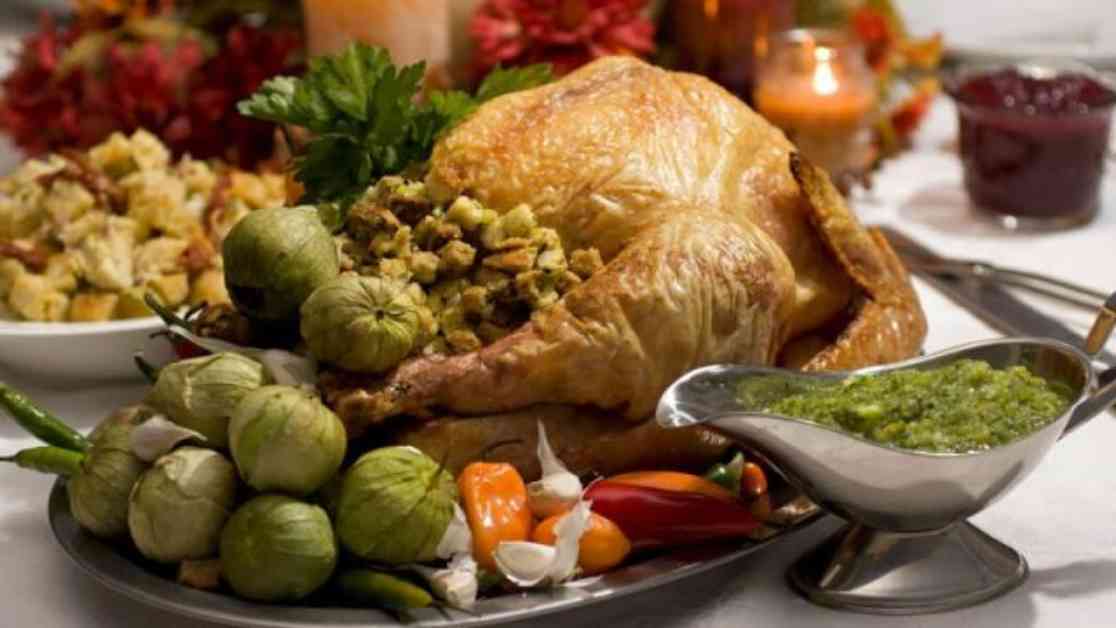As families gather around the table to enjoy a Thanksgiving feast, the inevitable question of what to do with all the leftovers arises. Holiday meals often result in more uneaten food than usual, leading to a significant amount of food waste. In fact, Thanksgiving is known for being one of the biggest contributors to food waste, with an estimated 316 million pounds of food being thrown away nationwide, costing over $556 million in groceries in just one day.
San Diego is no exception to this trend, with holiday leftovers and food scraps accounting for a third of the region’s annual food waste. Not only does this excess food harm the environment by contributing to emissions and pollution, but it also puts a strain on family budgets. On average, a family of four spends around $1,500 on food that ends up uneaten each year, according to the U.S. Environmental Protection Agency.
To combat holiday food waste, it’s essential to plan ahead and avoid overbuying or overcooking. Tools like “The Guest-imator” from Save The Food can help hosts determine how much food to prepare based on the number of guests. Additionally, serving smaller portions and using smaller dishes can help reduce plate waste and leftovers.
Instead of throwing away leftover food, consider repurposing it into new meals. Leftover meat and vegetables are perfect for casseroles or pizzas, while mashed potatoes can be transformed into potato pancakes. The county of San Diego’s Department of Public Works offers recipe ideas for using up leftovers creatively.
If you’re not ready to eat your Thanksgiving leftovers right away, freezing them is a great option for preserving them for later consumption. Almost all leftovers can be frozen and enjoyed at a later date, either on their own or incorporated into new dishes.
For those who are not interested in eating their leftovers, composting is a sustainable alternative to throwing food in the trash. San Diego offers organic waste collection through green bins, making it easy to compost food scraps at home. Nearly all types of food can be composted, except for meat and bones, which can attract pests.
Unused food items can also be donated to local food pantries to help those in need. Waste Free SD provides a searchable tool on its website to find the nearest donation center for excess food items.
By following these tips and being mindful of food waste during the holiday season, you can enjoy your Thanksgiving feast while minimizing your impact on the environment and your wallet. Happy Thanksgiving!


